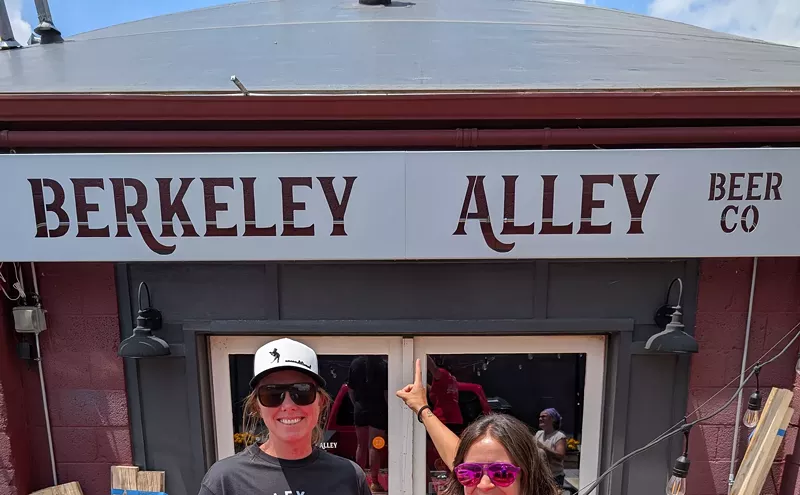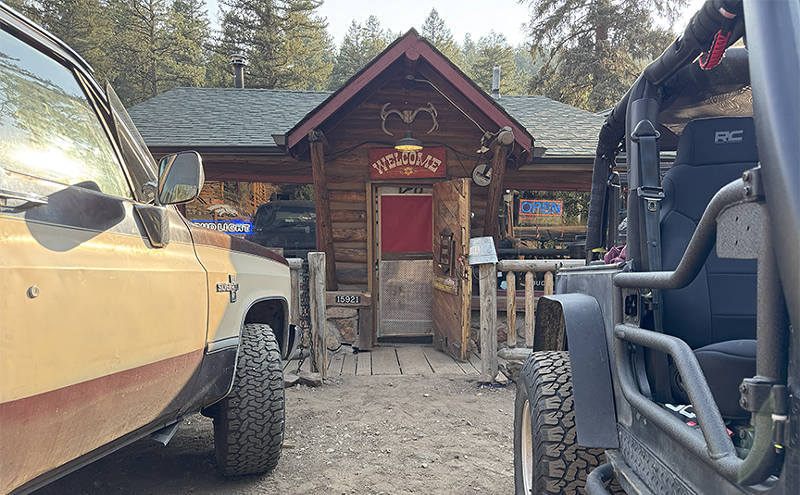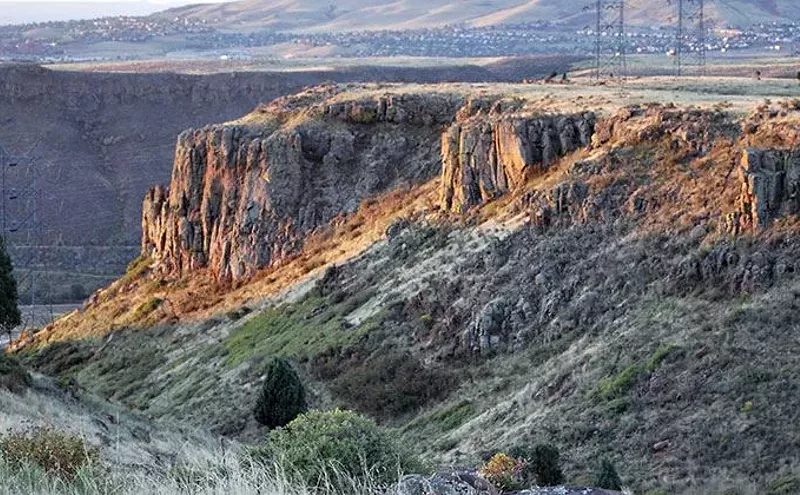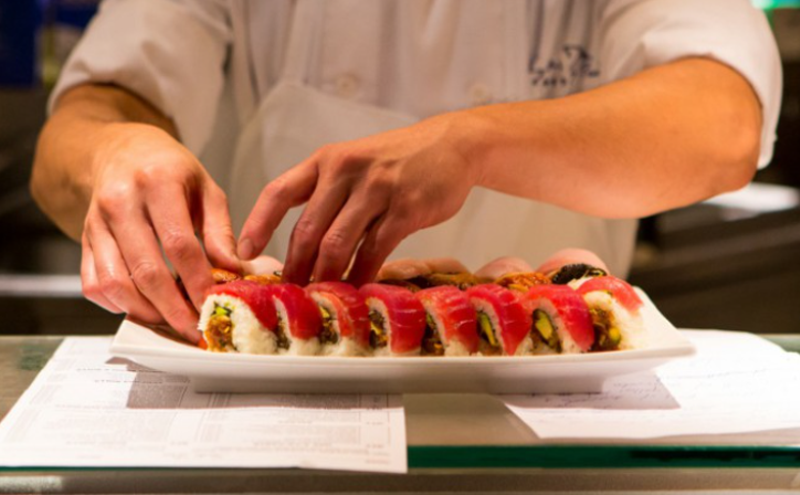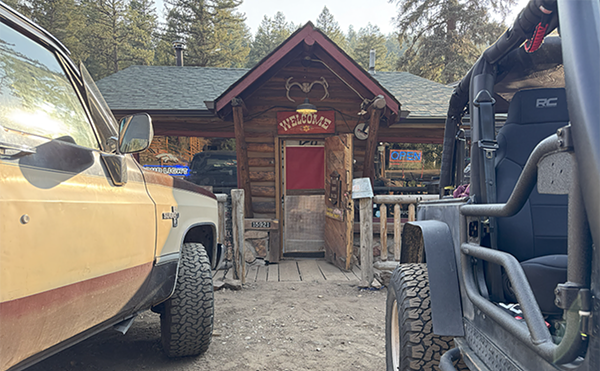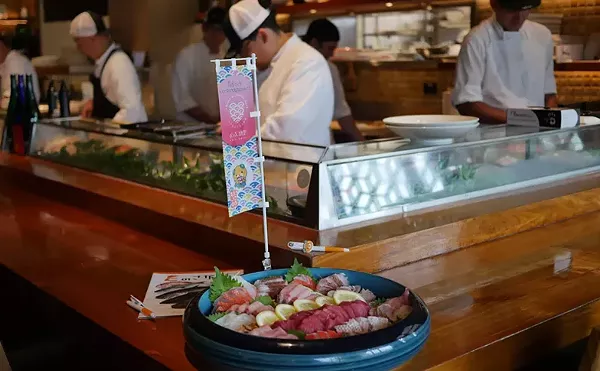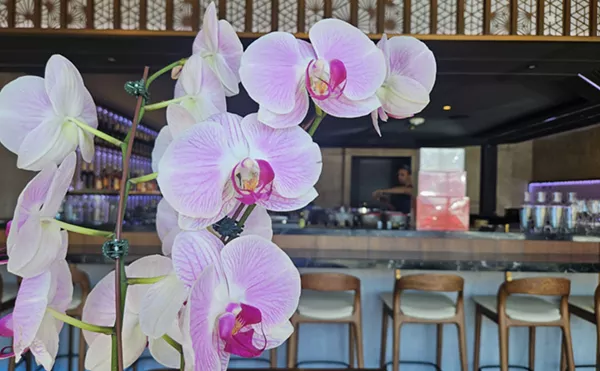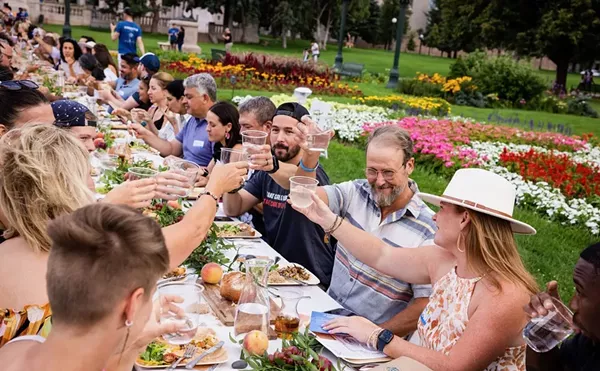Since Giese is a level-two, or certified, sommelier (there are four levels -- ending with a master sommelier diploma), he's a good person to ask about grape expectations.
His favorite wine? "Whatever someone pours in front of me," he said, adding that he does have an aversion to [Yellow Tail] wines. "I don't like them. They are a small step away from white zinfandel, and again are popular because of good marketing."
He revealed that the wines are cut with fruit juice -- which few consumers know. "They use machine-harvested grapes, a lot of it is apple juice -- so basically you are getting fermented fruit punch, and they don't even have to put it on the label. That may change, but that's a thing with U.S. wine-labeling laws," he said. "The Australian mentality is that they want to be number one, so they'll make cheap wine and sell it cheap." And his learned opinion on America's oft-bashed yet third best-selling wine, white zinfandel? "White zin is fermented Kool-Aid...the product of an aggressive marketing strategy," he said, but admitted that it served a purpose as a "gateway wine.... It brings younger people into the wine world."The big stink over the pink stuff goes back to its inception. White zin isn't actually a variety of grape; it's a method of producing a blush from red zinfandel grapes, discovered quite by accident by Sutter Home back in the mid-'70s. Haters gripe that it's made from crappy grapes, cheaply made and sweet enough to caramelize a human liver; it dragged the wine industry down from artisan to commercial like a spiraling descent into a Napa Valley-endorsed pink purgatory.
Giese paired D'Vine's "Gold Rush" green apple Riesling, 2008 Chardonnay, "Meet Market" Merlot, Sangiovese and Cabernet/Merlot blend with four chocolate and four cheese selections, and instructed students on the pneumonic wine-tasting "S" suggestions: Slant the glass of wine and see the color, swirl the glass and sniff to get the aroma, sip the wine and lightly swish it in your mouth from front to back, then back to front, spit if you want, swallow if you want, and smile. Yes, Giese said, tasting wines is really that easy.
One of his helpful tips was for wine drinkers to swirl the wine in the glass only once, right after the pour. Continuously swirling the wine in between sips does absolutely nothing, so just don't do it -- or risk looking like the wine-tard at the party who gets the ceiling-to-floor eye-rolls.Each student received an extremely well-organized packet at the start of the class with notes on everything, wine wheel-style diagrams to fill in with each tasting, and a chart to track which wine went best with what cheese and/or chocolate. The standout combinations were Riesling with Monterey Jack cheese, because it really accentuated the sweetness and green-apple notes, and Sangiovese with Brix dark chocolate, as the wine brought out a pleasant woodsy aroma and earthy flavor in the chocolate.
At the end, students got a tour of the small winery, and a glass of any wine from the menu. Wild Women wines feature some very noticeable fruit blends, and its signature "Dusty Twilight" peach chardonnay and "Summit Sunset" grapefruit blush were both juicy on the palate, with low to no tannins, sweet, and well-suited as aperitifs for summer parties, or blended into a sangria cocktail. Chardonnay and Merlot are the best food wines for American palates, Giese added, and that's why they are the biggest sellers in restaurants.
Students got to keep their nifty wine-holder cocktail plates, as well as all of Giese's sage advice. His upcoming classes are listed on www.localwineevents.com.



